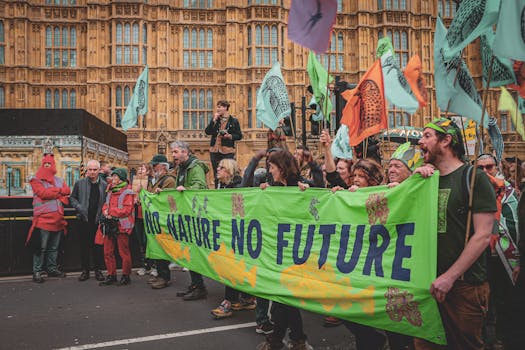
Urban Green Spaces: The Future of Outdoor Living in European Cities by 2025
Urban Green Spaces are becoming increasingly important in European cities as they provide a range of benefits for both the environment and the people living in these cities. As we look to the future, it is clear that urban green spaces will play a vital role in shaping the way we live, work, and interact with our surroundings.
Introduction to Urban Green Spaces
Urban green spaces refer to areas of vegetation, water, and other natural elements that are found within urban environments. These spaces can range from small parks and gardens to large nature reserves and green roofs. Urban green spaces are not just aesthetically pleasing, but they also provide a range of ecosystem services, including air and water filtration, soil formation, and climate regulation.
Benefits of Urban Green Spaces
The benefits of urban green spaces are numerous and well-documented. Some of the most significant advantages of these spaces include:
- Improved air quality: Urban green spaces can help to remove pollutants from the air, improving the overall air quality and making cities healthier places to live.
- Reduced noise pollution: Green spaces can act as a buffer against noise pollution, creating quieter and more peaceful environments.
- Increased biodiversity: Urban green spaces can provide habitats for a range of plant and animal species, helping to maintain biodiversity in urban areas.
- Climate regulation: Green spaces can help to regulate the urban microclimate, reducing the urban heat island effect and improving the overall comfort of city dwellers.
- Improved mental health: Spending time in green spaces has been shown to have a positive impact on mental health, reducing stress and improving mood.
Challenges Facing Urban Green Spaces
Despite the many benefits of urban green spaces, there are also several challenges that these areas face. Some of the most significant challenges include:
- Urbanization: As cities continue to grow and expand, natural habitats are being destroyed, and green spaces are being lost.
- Climate change: Climate change is altering the conditions under which plants and animals live, making it difficult for green spaces to thrive.
- Lack of funding: Creating and maintaining urban green spaces requires significant funding, which can be difficult to secure.
- Public engagement: Encouraging the public to use and appreciate urban green spaces can be a challenge, particularly in areas where there is a lack of awareness or understanding of the benefits of these spaces.
Innovative Solutions for Urban Green Spaces
There are many innovative solutions being implemented to address the challenges facing urban green spaces. Some of the most promising approaches include:
- Green roofs: Green roofs are being installed on buildings to provide additional green space and reduce the urban heat island effect.
- Vertical gardens: Vertical gardens are being used to create green spaces in areas where traditional gardens are not possible.
- Community engagement: Community-based initiatives are being implemented to encourage public engagement and participation in the creation and maintenance of urban green spaces.
- Sustainable design: Sustainable design principles are being applied to the creation of urban green spaces, incorporating elements such as rainwater harvesting and grey water reuse.
Conclusion
Urban Green Spaces are a vital component of sustainable and thriving cities. As we look to the future, it is clear that these spaces will play an increasingly important role in shaping the way we live, work, and interact with our surroundings. By understanding the benefits and challenges of urban green spaces and implementing innovative solutions, we can create healthier, more sustainable, and more livable cities for generations to come.






